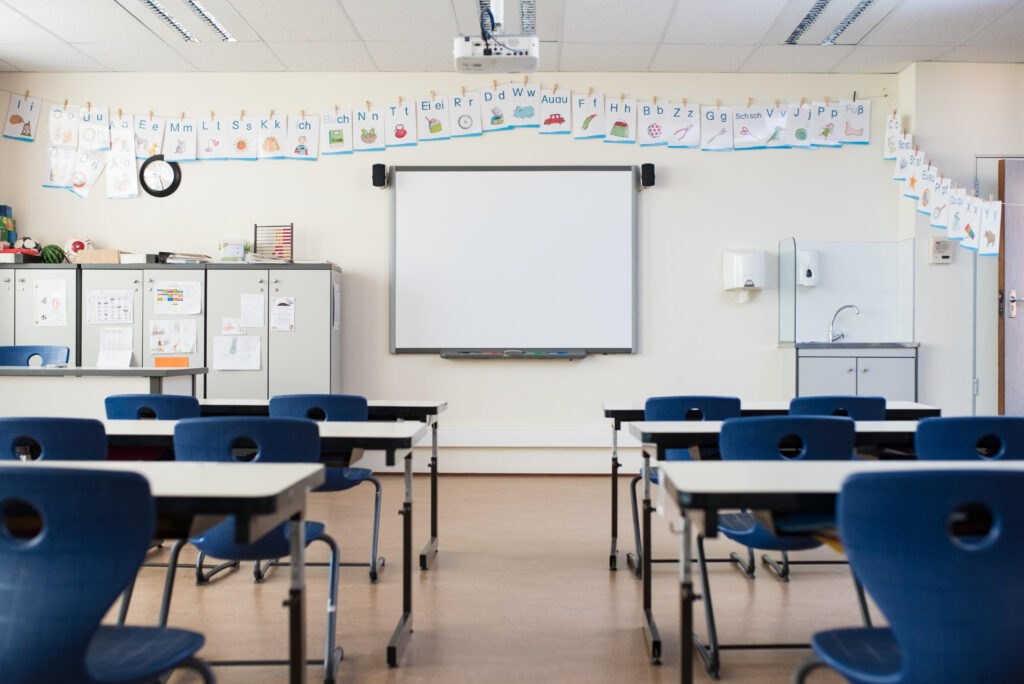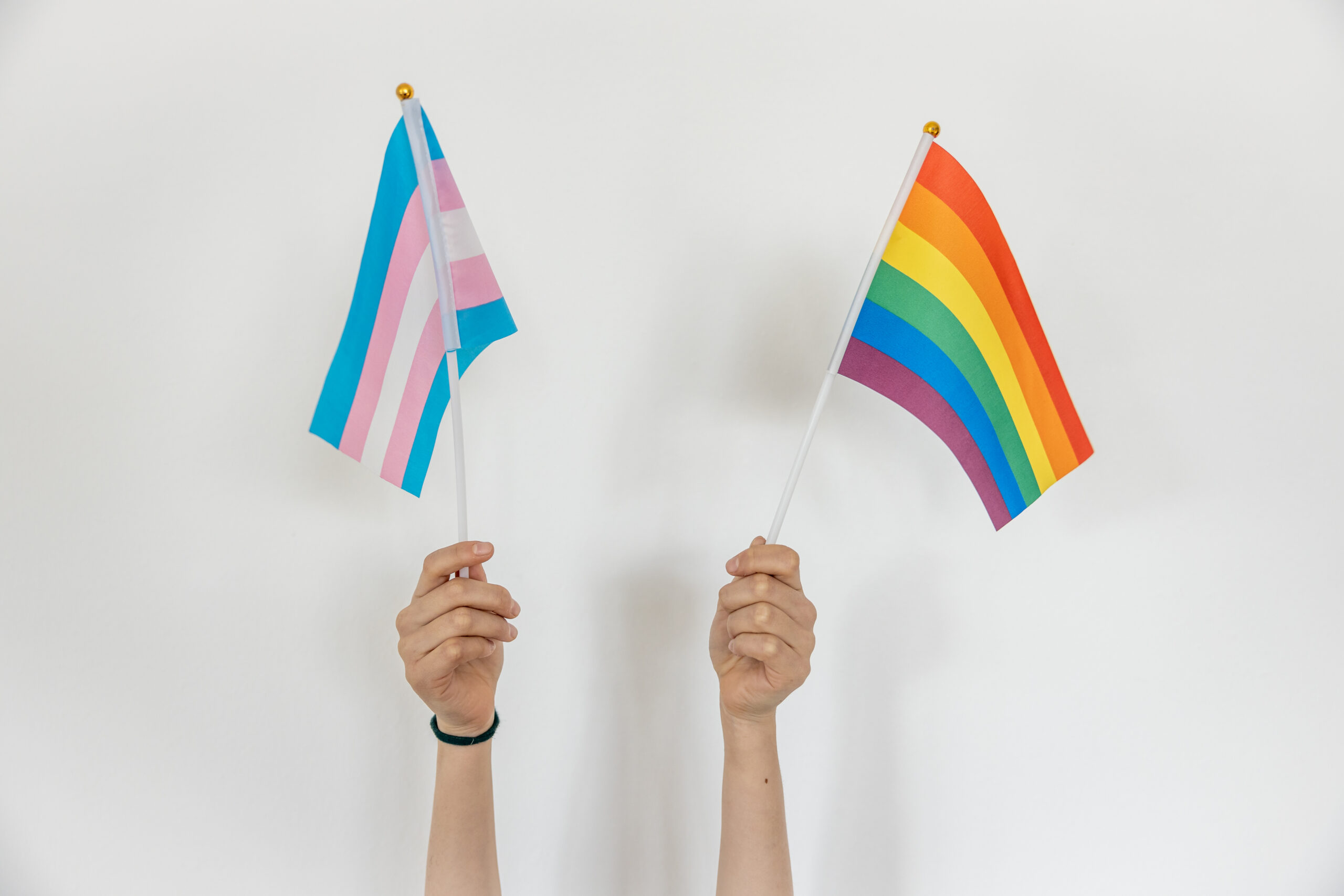With the UK Supreme Court ruling leaving many transgender or gender non-conforming young people feeling anxious, it’s essential that schools are equipped to navigate LGBTQ+ bullying, ensuring that school is an environment where all pupils feel supported and included.
Yet for many LGBTQ+ pupils, school is a place of fear and exclusion.
A 2021 report from Just Like Us, an LGBTQ+ young people’s charity, found that 43% of LGBTQ+ school pupils were bullied in the past year, which is double the number of non-LGBTQ+ pupils who were bullied. However, the report also found that pupils attending schools who share positive messaging about being LGBTQ+ also had reduced suicidal thoughts and feelings – regardless of whether they are LGBTQ+ or not.
Research from King’s College London reports that childhood bullying can lead to long-term negative social, physical, and mental health effects for nearly 40 years after the event. If not addressed properly, bullying can shape a young person’s perception of themselves and others well into adulthood.
So what can schools do to be more inclusive – and what does being truly inclusive really look like?
How Do LGBTQ+ Students Feel at School?
While many schools have made strides in supporting LGBTQ+ students, these shocking numbers reveal the persistence of harmful behaviours, arguably coupled with the lack of effective interventions:

Source: Stonewall UK
These figures highlight a breakdown in trust between students and the adults meant to protect them. It’s not simply about the presence of bullying – it’s about how schools respond. An ineffective response, or worse, no response at all, can further isolate young people, making them feel invisible and unsupported.
These findings make it clear: schools must implement robust strategies to prevent LGBTQ+ bullying and ensure students feel secure and respected for who they are.
Understanding Your Legal Responsibilities
Schools have a duty of care that extends beyond academic outcomes. Under the Equality Act 2010, schools must:
- Eliminate unlawful discrimination, harassment, and victimisation
- Advance equality of opportunity between people who share a protected characteristic and those who do not
- Foster positive relations between different groups
These responsibilities are not optional – they are legal requirements. When LGBTQ+ students experience bullying or exclusion, schools must take immediate, meaningful action. The law protects students against harassment based on sexual orientation and gender reassignment. Effective implementation means embedding these principles into the daily practices of the school and its overall ethos. Ofsted inspections also assess how well schools are promoting equality, safeguarding LGBTQ+ pupils, and responding to incidents of discrimination.
Schools that fail to meet these expectations may face reputational damage, intervention by local authorities, or even legal challenges. More importantly, they risk failing the young people who rely on them for safety, growth, and acceptance.
How to Create an Inclusive School Culture
Creating an inclusive school doesn’t happen overnight – it requires consistent effort, reflective practice, and a commitment from all members of the school community. Whether you’re a teacher or a teaching assistant, a whole-school approach to inclusion is essential. Inclusion isn’t the responsibility of one coordinator or department, but of everyone – from the headteacher to the school caretaker.
The fact you are even reading this blog post shows that you care about creating an inclusive school.
The next step, however, is to get practical, and start implementing these strategies immediately. If you aren’t in a leadership role, raise these strategies with your head of department or headteacher, as even one of these changes can make a huge difference to feelings of safety for LGBTQ+ students in your school.
1. Build an Inclusive Curriculum
Representation matters. LGBTQ+ youth charity The Proud Trust state that:
“It is important that young people see that LGBT+ people exist in all aspects of wider society, so they can see that being LGBT+ is not a barrier to reaching your aspirations and that being LGBT+ is a ‘normal’ and valid identity.”
When students see themselves reflected in the curriculum, it sends a clear message: you belong here. So how can you build an inclusive curriculum?
· Embed LGBTQ+ Representation Across Subjects
Don’t just narrow LGBTQ+ topics into the occasional PSHE lesson or in one-off events. Instead, include LGBTQ+ authors in English Literature, discuss historical LGBTQ+ figures in History, and explore diverse family structures in Science and RE.
· Use Inclusive Language Consistently
Try to avoid gendered assumptions (e.g., saying “parents or carers” instead of “mum and dad”), and acknowledge all identities naturally in everyday discussions without making it a ‘special topic’.
· Update Reading Lists and Resources
A great way to uplift LGBTQ+ stories is by introducing texts featuring LGBTQ+ characters and themes as part of different units or topics, where possible. This comprehensive list from Just Like Us is the perfect place to start for secondary school.
· Challenge Stereotypes and Myths
Teach critical thinking around stereotypes (e.g., gender roles, heteronormativity), and spend time openly discussing media representation and how it shapes public perceptions. Try to incorporate social media in these discussions and research incidents which have taken place online.
· Consult and Involve LGBTQ+ Young People
Involving LGBTQ+ students in feedback discussions is critical to be a truly inclusive school. Encourage pupils to create their own lunchtime or after-school club if they feel comfortable or instead provide anonymous surveys and ask students whether they find content to be relevant and respectful.
However, it’s important not to ‘tokenise’ LGBTQ+ students, such as only asking for feedback during Pride Month. Real inclusion comes from consistently uplifting their voices.
· Be Mindful of Intersectionality
Acknowledge that LGBTQ+ pupils also have varied ethnic, religious, and socioeconomic backgrounds. Incorporate reading and references in your lessons that reflect a range of lived experiences.
2. Deliver Regular Staff Training
Staff must set a positive example, whether through challenging inappropriate language or supporting distressed pupils with genuine care. However, a 2023 study from the University of Hertfordshire found that only 29% of primary school educators felt confident teaching LGBTQ+ content, and 45% lacked confidence in their teaching due to factors such as insufficient training and fear of opposition from parents.
So, what should high-quality staff training cover?
- A detailed insight into terminology and acronyms used by LGBTQ+ youth.
- How to recognise unconscious bias and its impact.
- How to handle disclosures and incidents sensitively and effectively.
- Steps to build confidence in tackling LGBTQ+ discrimination in classrooms and corridors.
- Ways to incorporate LGBTQ+ literature and history into lesson plans.
- Ways to manage pushback from parents or carers.
Milk Academy, our CPD hub, provides a range of courses to help you and your colleagues support LGBTQ+ pupils and promote equality in school:
- LGBTQ+ Awareness Certification
- Tackling Hate Crime Certification
- Equality, Diversity, and Discrimination Awareness Certification
3. Strengthen Policies and Procedures
Your school’s anti-bullying policy needs to be explicitly clear about homophobic, biphobic, and transphobic behaviours, and what the consequences of this will be, in line with your school’s behaviour policy. Students must be made aware that this behaviour will not be tolerated, and hopefully if your school consistently implements inclusive practices, such behaviour won’t occur often anyway.
A strong anti-bullying policy should be:
- Clearly worded and easy to access.
- Explicit in naming homophobic, biphobic, and transphobic behaviours.
- Shared regularly with pupils, staff, and families.
Review your policy to ensure it reflects current best practice in safeguarding LGBTQ+ pupils and works well for all pupils.

Dealing with Potential Pushback from Parents or Carers
Introducing an inclusive curriculum can sometimes lead to concerns or objections from parents, whether this is for political or religious reasons, and it can be difficult to navigate. Schools can address this by clearly communicating the aims and benefits of an inclusive education – emphasising that it supports respect, safety, and equality for all students. Engaging parents early through workshops, information sessions, and open dialogue can help build understanding and trust.
Reminding families that inclusive education is not about promoting specific lifestyles, but about ensuring every pupil feels valued and respected, is key to gaining wider community support.
Inclusive Education Benefits Everyone
The lasting impact of Section 28 – a law which prohibited the teaching of LGBTQ+ issues in schools up until 2003 – has arguably left a generation of educators feeling uncertain about what is ‘appropriate’ to discuss with students, and feeling uncertain about their own knowledge of LGBTQ+ education.
When students learn in an environment that values diversity and actively promotes respect, outcomes improve across the board. LGBTQ+ pupils who feel safe and accepted are more likely to attend regularly, engage fully, and achieve academically. But the ripple effect goes further: all students benefit from learning in a culture of empathy, fairness, and belonging.
Inclusive schools don’t just protect vulnerable or minority pupils – they promote acceptance for everyone.
Stop LGBTQ+ Bullying Before It Starts
Addressing LGBTQ+ bullying is about more than managing behaviour. It’s about reshaping school culture. Educators have a duty to protect young people, and with LGBTQ+ people facing negative comments and hateful vitriol in the media, it’s essential that schools feel like safe spaces.
Frequently Asked Questions
1. How will the Supreme Court ruling impact schools?
The Equality and Human Rights Commission (EHRC) states:
“Schools in England and Wales must provide separate single-sex toilets for boys and girls over the age of 8. It is also compulsory for them to provide single-sex changing facilities for boys and girls over the age of 11. The law in Scotland requires schools, irrespective of pupils’ age, to provide separate toilet facilities for boys and for girls. Toilet cubicles are required to be partitioned and have lockable doors.
Pupils who identify as trans girls (biological boys) should not be permitted to use the girls’ toilet or changing facilities, and pupils who identify as trans boys (biological girls) should not be permitted to use the boys’ toilet or changing facilities. Suitable alternative provisions may be required.”
Some educators have criticised this guidance as being too vague. The DfE will produce its guidance later in the year.
2. How can teachers support LGBTQ+ students who report bullying?
Teachers should listen without judgement, take reports seriously, and follow the school’s anti-bullying policy. It’s vital to reassure the pupil, document the incident, and involve pastoral or safeguarding staff. Creating a supportive, visible culture of inclusion helps pupils feel safe coming forward.
3. Why is staff training on LGBTQ+ inclusion important?
Staff training equips educators with the confidence to challenge discriminatory behaviour, support LGBTQ+ pupils, and foster inclusive classrooms. It improves safeguarding, raises awareness of unconscious bias, and helps schools meet Ofsted’s expectations around equality, diversity, and pupil wellbeing.

